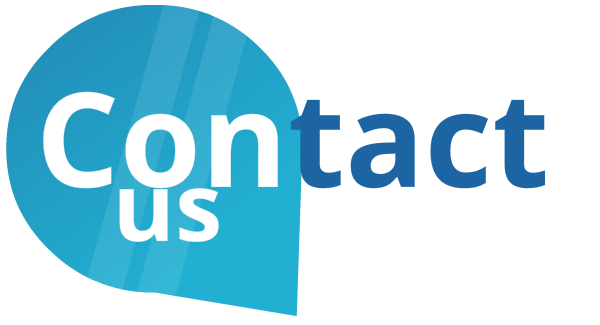Say “No Manual” to manual document processing. Our cognitive technology is ready to take over your manual and boring document processing work. It can capture data from any unstructured documents like invoices, purchase orders, resumes, financial statements, email attachments, etc.
How Cognitive Invoice Data Capture is different from Traditional Invoice Capture
The Invoice data capture is built with numerous business functions and involves both reading the invoice text with Optical Character Recognition (OCR) and understanding its context with machine learning.
To process an Invoice, we need to extract the data from several data fields. Advanced machine learning is used in cognitive data capture to speed up these stages and ensure reliable findings.
HOW DOES COGNITIVE DATA CAPTURE WORK?
Invoice capture (also known as invoice data extraction or invoice OCR) is the process of obtaining structured data from invoices to process them mechanically/Automatically. For most businesses, invoice capture was the first back-office operation to be automated with AI.
A. Monitoring Invoices:
- Invoices are increasingly arriving in firms as structured XML documents from Electronic Data Interchange (EDI), PDFs and picture files via email, and hard copy documents.
- EDI software can automate the processing of structured XML documents, as well as the completion of payments and the creation of accounting entries.
- An RPA bot or a basic email automation tool can highlight emails with invoices and transfer them for data extraction for digital invoices. To make invoice tracking even easier, some businesses employ a dedicated email account for invoicing.
B. Extracting relevant information from the invoice: If the program is unsure about the results, it is forwarded to employees for a manual review.
C. Evaluation Includes:
- Invoices are compared against purchase orders.
- Using working capital optimization principles to determine payment time by cross-checking invoices for duplicates.
- Limits are used to determine whether or not an invoice should be processed manually.
- Invoices that are unusually large in comparison to a supplier’s ordinary invoices may require manual verification to ensure that no incorrect payments are made.
- comparing the invoice to the VAT
D. Invoices without purchase orders need to be added to a general ledger account and machine learning solutions can be used to match invoices to accounts.
E. Making the necessary payment to settle the invoice
Advanced AI
AI is pre-trained to recognize hundreds of thousands of invoice templates, assuring accurate data extraction from the start. Every organization may train its customized version of AI to match its requirements
Cognitive Invoice Data Capture Benefits
- Allows employees to focus on higher value-added activities while decreasing back-office expenditures by minimizing manual labor.
- Lowers the number of invoice processing errors.
- Allows for a faster turn-around time, avoiding unnecessary back-and-forth between suppliers and the company, wasting valuable staff time.
- Invoice data can be kept with bounding visual boxes that indicate where the data was collected from the invoice. If the organization determines that data extraction was flawed, these records can be utilized to figure out what went wrong and how to fix it for future bills.
-
Soumen Dashttps://intelgic.com/insights/author/admin/
-
Soumen Dashttps://intelgic.com/insights/author/admin/
-
Soumen Dashttps://intelgic.com/insights/author/admin/
-
Soumen Dashttps://intelgic.com/insights/author/admin/


